Tomato Growing Secrets are often whispered among seasoned gardeners, passed down through generations like cherished family recipes. But what if I told you that unlocking the juiciest, most flavorful tomatoes isn’t some mystical art, but a collection of simple, yet effective DIY tricks and hacks? For centuries, tomatoes have held a special place in our hearts and cuisines, originating in South America and making their way across the globe to become a garden staple.
I understand the frustration of nurturing tomato plants only to be met with lackluster results – small, bland fruits or plants plagued by diseases. That’s why I’m so excited to share these easy-to-implement DIY solutions that will transform your tomato growing experience. Imagine biting into a sun-ripened tomato bursting with flavor, knowing you cultivated it yourself with these simple techniques. This article is your guide to mastering tomato growing secrets, empowering you to create a thriving tomato patch, regardless of your gardening experience. Let’s dive in and unlock the secrets to a bountiful harvest!
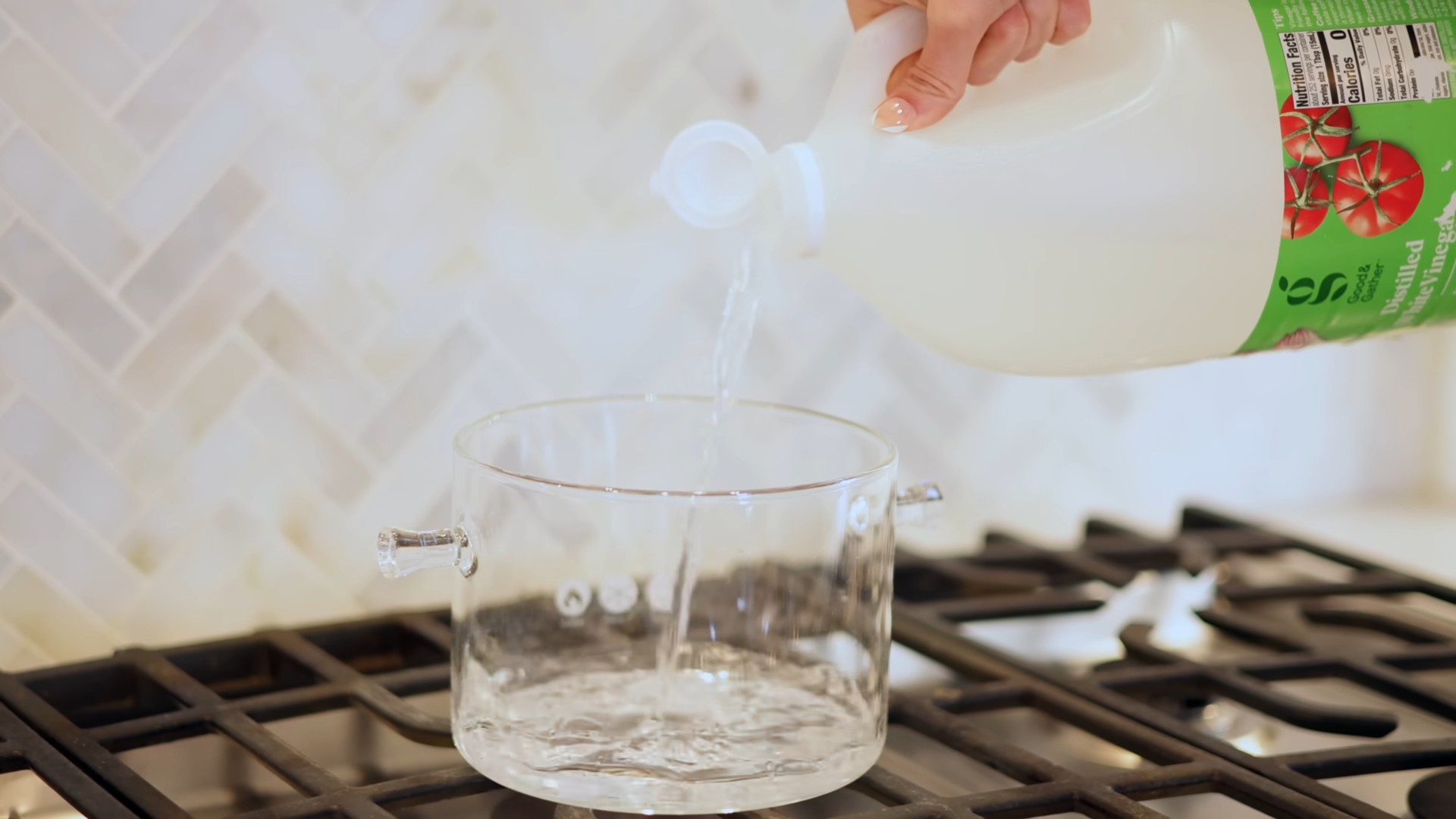
Unlocking Tomato Growing Secrets: From Seed to Salsa!
Okay, tomato lovers, let’s dive into the wonderful world of growing your own juicy, flavorful tomatoes! I’m going to share all my secrets, tips, and tricks that I’ve learned over the years to help you achieve a bumper crop. Get ready to have the best-tasting tomatoes you’ve ever had!
Choosing the Right Tomato Variety
Before we even think about planting, we need to pick the right tomato variety for your climate and your taste. This is a crucial step, so don’t rush it!
* Determinate vs. Indeterminate: This is the first big decision. Determinate tomatoes grow to a certain size and then produce all their fruit at once, making them great for canning. Indeterminate tomatoes keep growing and producing fruit throughout the season, giving you a continuous harvest. I personally prefer indeterminate varieties for fresh eating.
* Heirloom vs. Hybrid: Heirloom tomatoes are open-pollinated varieties that have been passed down for generations. They often have unique flavors and colors, but can be more susceptible to diseases. Hybrid tomatoes are bred for specific traits like disease resistance and higher yields.
* Consider Your Climate: If you live in a short-season area, choose early-maturing varieties. If you have a long, hot summer, you can experiment with later-maturing varieties.
* Think About Your Use: Do you want tomatoes for slicing, sauces, or snacking? Cherry tomatoes are perfect for snacking, while Roma tomatoes are ideal for sauces. Beefsteak tomatoes are great for sandwiches.
Some of my personal favorite varieties include:
* ‘Brandywine’ (Heirloom): Large, beefsteak-type with excellent flavor.
* ‘San Marzano’ (Heirloom): Perfect for making tomato sauce.
* ‘Sungold’ (Hybrid): Super sweet and flavorful cherry tomato.
* ‘Early Girl’ (Hybrid): Reliable early-maturing variety.
Starting Your Tomato Seeds Indoors (Optional, but Recommended)
Starting your tomato seeds indoors gives you a head start on the growing season, especially if you live in a cooler climate. I highly recommend it!
Materials You’ll Need:
* Tomato seeds
* Seed starting trays or small pots
* Seed starting mix (not regular potting soil!)
* Grow lights (optional, but highly recommended)
* Heat mat (optional, but helpful)
* Spray bottle
Step-by-Step Instructions:
1. Prepare Your Seed Starting Trays: Fill your seed starting trays or pots with seed starting mix. Gently tap the trays to settle the mix.
2. Sow the Seeds: Make a small indentation in the center of each cell or pot, about 1/4 inch deep. Place 2-3 tomato seeds in each indentation. Cover the seeds with a thin layer of seed starting mix.
3. Water Gently: Use a spray bottle to gently moisten the soil. Avoid overwatering, as this can lead to damping off (a fungal disease that kills seedlings).
4. Provide Warmth: Place the seed starting trays on a heat mat, if using. This will help the seeds germinate faster. The ideal soil temperature for tomato seed germination is between 75-85°F (24-29°C).
5. Provide Light: Place the seed starting trays under grow lights, if using. If you don’t have grow lights, place them in a sunny window, but be aware that the seedlings may become leggy (tall and spindly) without sufficient light.
6. Maintain Moisture: Keep the soil consistently moist, but not soggy. Check the soil moisture daily and water as needed.
7. Thin the Seedlings: Once the seedlings have their first true leaves (the second set of leaves that appear after the cotyledons), thin them to one seedling per cell or pot. Choose the strongest, healthiest-looking seedling and snip off the others at the soil line with scissors. Don’t pull them out, as this can disturb the roots of the remaining seedling.
8. Harden Off the Seedlings: Before transplanting the seedlings outdoors, you need to harden them off. This process gradually acclimates them to the outdoor conditions. Start by placing the seedlings outdoors in a sheltered location for a few hours each day, gradually increasing the amount of time they spend outdoors over the course of a week or two. Protect them from direct sunlight and strong winds.
Preparing Your Garden Bed
Now, let’s get our garden bed ready for those tomato plants!
Choosing the Right Location:
* Sunlight: Tomatoes need at least 6-8 hours of direct sunlight per day. Choose a location that gets plenty of sun.
* Soil: Tomatoes prefer well-drained soil that is rich in organic matter.
* Rotation: Avoid planting tomatoes in the same location year after year, as this can lead to a buildup of soilborne diseases.
Soil Preparation:
1. Clear the Area: Remove any weeds, rocks, or debris from the garden bed.
2. Amend the Soil: Amend the soil with compost, aged manure, or other organic matter. This will improve drainage, fertility, and water retention. I like to add a generous amount of compost to my tomato beds.
3. Test the Soil pH: Tomatoes prefer a soil pH of 6.0-6.8. You can test your soil pH with a soil testing kit. If the pH is too low, add lime to raise it. If the pH is too high, add sulfur to lower it.
4. Fertilize: Incorporate a slow-release fertilizer into the soil. Choose a fertilizer that is specifically formulated for tomatoes. I like to use a fertilizer with a higher phosphorus content, as this promotes root development.
Transplanting Your Tomato Seedlings
The moment we’ve been waiting for! Time to get those little guys in the ground.
When to Transplant:
* Wait until the danger of frost has passed.
* The soil temperature should be at least 60°F (16°C).
* The seedlings should be about 6-8 inches tall.
Transplanting Instructions:
1. Dig a Hole: Dig a hole that is slightly larger than the root ball of the seedling.
2. Add Amendments: Add a handful of compost and a tablespoon of bone meal to the bottom of the hole. Bone meal is a good source of phosphorus, which promotes root development.
3. Remove the Seedling: Gently remove the seedling from its pot or cell. If the roots are circling the bottom of the pot, gently loosen them before planting.
4. Plant Deep: Plant the seedling deep, burying the stem up to the first set of leaves. Tomatoes can develop roots along their stems, so planting them deep will encourage a stronger root system.
5. Water Thoroughly: Water the seedling thoroughly after planting.
6. Mulch: Apply a layer of mulch around the base of the plant. Mulch helps to retain moisture, suppress weeds, and regulate soil temperature. I like to use straw or shredded leaves as mulch.
7. Stake or Cage: Provide support for the tomato plant with a stake or cage. This will help to prevent the plant from falling over and keep the fruit off the ground. Indeterminate varieties especially need support.
Caring for Your Tomato Plants
Now that your tomato plants are in the ground, it’s important to provide them with the care they need to thrive.
Watering:
* Water deeply and regularly, especially during hot, dry weather.
* Avoid watering the foliage, as this can lead to fungal diseases.
* Water in the morning, so the foliage has time to dry before nightfall.
* Use a soaker hose or drip irrigation to deliver water directly to the roots.
Fertilizing:
* Fertilize every 2-3 weeks with a liquid fertilizer.
* Choose a fertilizer that is specifically formulated for tomatoes.
* Avoid over-fertilizing, as this can lead to excessive foliage growth and reduced fruit production.
Pruning:
* Prune indeterminate tomato plants to remove suckers (the small shoots that grow in the crotch between the main stem and the branches). This will improve air circulation and encourage fruit production.
* Remove any yellowing or diseased leaves.
Pest and Disease Control:
* Inspect your tomato plants regularly for pests and diseases.
* Use organic pest control methods, such as insecticidal soap or neem oil, to control pests.
* Prevent fungal diseases by providing good air circulation and avoiding overhead watering.
* Remove any diseased plants immediately to prevent the spread of disease.
Some common tomato pests and diseases include:
* Aphids: Small, sap-sucking insects that can cause stunted growth and distorted leaves.
* Tomato Hornworms: Large, green caterpillars that can defoliate tomato plants.
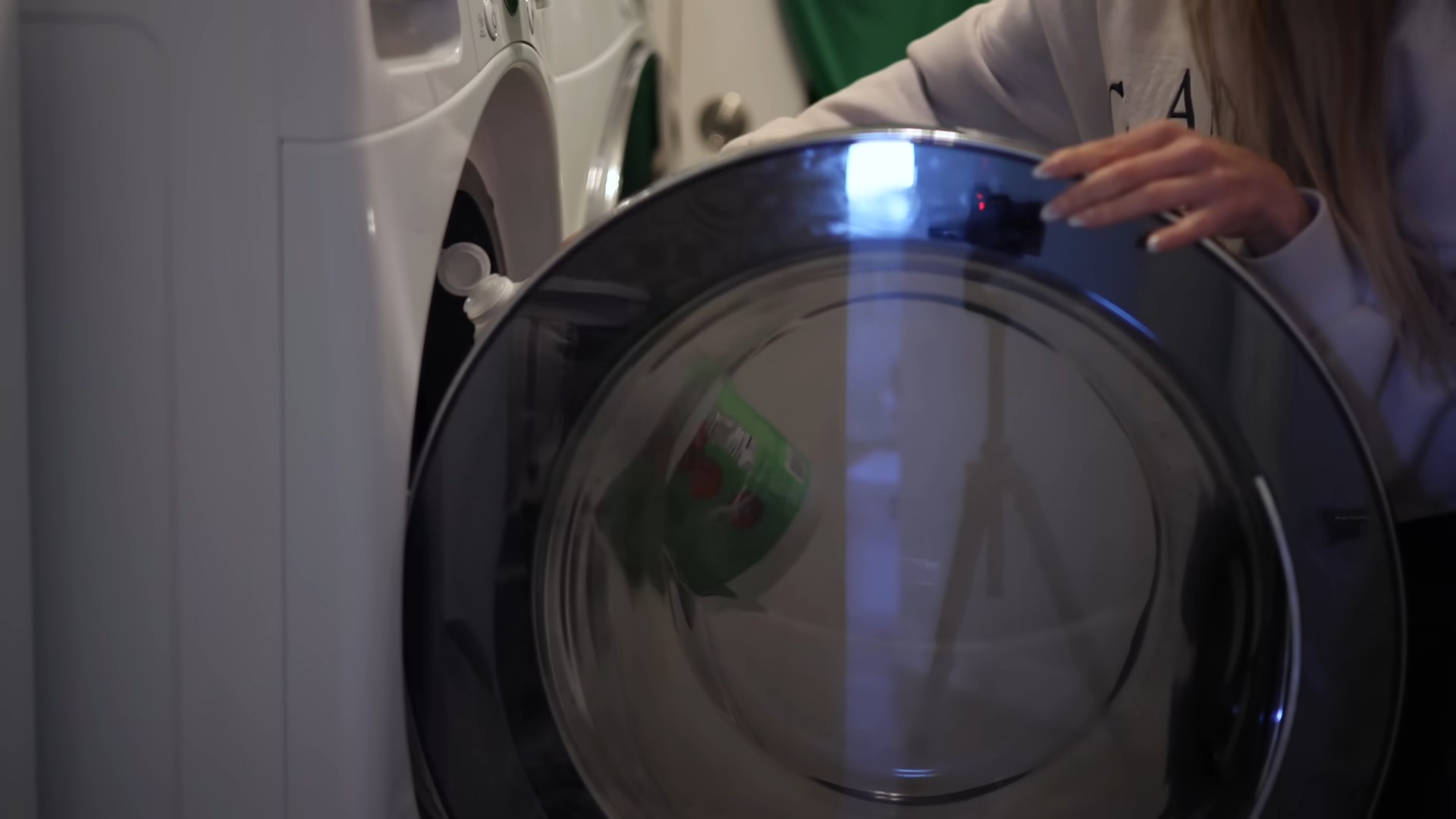
Conclusion
So, there you have it! Unlocking the secrets to truly exceptional tomato harvests isn’t about expensive fertilizers or complicated techniques. It’s about understanding the plant’s needs and providing a nurturing environment. This DIY approach to boosting your tomato yield, focusing on consistent watering, strategic pruning, and the all-important homemade fertilizer, is a game-changer.
Why is this a must-try? Because it’s effective, economical, and environmentally friendly. You’re using readily available resources, reducing waste, and creating a healthier, more vibrant garden. Forget store-bought solutions packed with chemicals; this method puts you in control, allowing you to tailor the nutrients to your specific soil and tomato variety.
Think of the possibilities! You can experiment with different compost ingredients to fine-tune your fertilizer. Try adding coffee grounds for an extra nitrogen boost, or crushed eggshells for calcium to prevent blossom-end rot. Consider companion planting with basil or marigolds to deter pests naturally. The beauty of this DIY approach is its adaptability.
This isn’t just about growing tomatoes; it’s about connecting with nature and experiencing the satisfaction of nurturing something from seed to table. Imagine the taste of a sun-ripened tomato, bursting with flavor, knowing that you played a vital role in its creation.
We urge you to give these tomato growing secrets a try. Don’t be intimidated; it’s easier than you think! Start small, experiment, and observe. The rewards are well worth the effort.
And most importantly, we want to hear about your experience! Share your results, your variations, and your own tomato growing tips in the comments below. Let’s create a community of passionate tomato growers, sharing knowledge and celebrating the joy of homegrown goodness. Did you find a particular compost combination worked wonders? Did you discover a unique pruning technique that maximized your yield? Let us know! Your insights could help other gardeners achieve their tomato-growing dreams.
Remember, the best tomato is the one you grow yourself! So get out there, get your hands dirty, and prepare to be amazed by the abundance of your tomato harvest. Happy gardening!
Frequently Asked Questions (FAQ)
What exactly are the key tomato growing secrets mentioned in this article?
The core secrets revolve around three main pillars: consistent and deep watering, strategic pruning for optimal sunlight and airflow, and the use of a homemade, nutrient-rich fertilizer. Consistent watering ensures the plants don’t suffer from stress, which can lead to blossom-end rot and reduced fruit production. Strategic pruning focuses the plant’s energy on fruit development rather than excessive foliage. And the homemade fertilizer provides the essential nutrients that tomatoes need to thrive, tailored to your specific soil conditions.
How often should I water my tomato plants using this method?
Watering frequency depends on your climate and soil type. However, the key is to water deeply and less frequently, rather than shallowly and often. Aim for about 1-2 inches of water per week, delivered in one or two deep soakings. Check the soil moisture by sticking your finger about 2 inches into the soil. If it feels dry, it’s time to water. Avoid overhead watering, as this can promote fungal diseases. Drip irrigation or soaker hoses are ideal for delivering water directly to the roots.
What are some good ingredients to include in my homemade tomato fertilizer?
The possibilities are endless! A good base is compost, which provides a slow-release source of nutrients. You can then add amendments based on your soil test results and the specific needs of your tomato plants. Coffee grounds are a great source of nitrogen. Crushed eggshells provide calcium, which helps prevent blossom-end rot. Banana peels are rich in potassium, which is essential for fruit development. Bone meal provides phosphorus, which promotes strong root growth. Wood ash contains potassium and other trace minerals. Experiment with different combinations to find what works best for your plants.
How do I know when and how much to prune my tomato plants?
Pruning is essential for maximizing tomato yield. The main goal is to remove suckers, which are the small shoots that grow between the main stem and the branches. These suckers steal energy from the plant and can lead to overcrowding. For determinate tomato varieties (bush tomatoes), you only need to prune the suckers below the first flower cluster. For indeterminate varieties (vining tomatoes), you should prune all suckers regularly throughout the growing season. Use clean pruning shears to avoid spreading diseases.
My tomato plants are getting blossom-end rot. What can I do?
Blossom-end rot is caused by a calcium deficiency, but it’s often due to inconsistent watering rather than a lack of calcium in the soil. Ensure you’re watering deeply and consistently. You can also add calcium to the soil by incorporating crushed eggshells or bone meal. Foliar sprays of calcium chloride can provide a temporary fix, but addressing the underlying watering issue is crucial.
Can I use this DIY method for all types of tomato plants?
Yes, this method is applicable to both determinate and indeterminate tomato varieties. However, the pruning techniques will differ slightly, as mentioned above. The principles of consistent watering and nutrient-rich fertilizer remain the same.
What if I don’t have access to compost?
If you don’t have access to compost, you can purchase it from a garden center or make your own using kitchen scraps and yard waste. Alternatively, you can use other organic fertilizers, such as worm castings or aged manure. Just be sure to follow the instructions on the product label.
How long does it take to see results from this DIY method?
You should start to see improvements in your tomato plants within a few weeks of implementing these techniques. The plants will appear healthier, with more vibrant foliage and increased fruit production. However, the exact timeline will depend on the initial condition of your plants and the growing conditions in your area.
Is this method organic?
Yes, this method is inherently organic, as it relies on natural ingredients and avoids the use of synthetic fertilizers and pesticides. By using compost, coffee grounds, eggshells, and other organic amendments, you’re creating a healthy soil ecosystem that supports the growth of strong, disease-resistant tomato plants.
What are some common pests and diseases that affect tomato plants, and how can I prevent them using organic methods?
Common pests include aphids, tomato hornworms, and whiteflies. Diseases include early blight, late blight, and powdery mildew. To prevent these problems, practice good garden hygiene by removing diseased leaves and debris. Companion planting with basil or marigolds can deter pests. Ensure good air circulation by pruning your plants. Use organic pesticides, such as neem oil or insecticidal soap, if necessary. For fungal diseases, consider using copper fungicide or baking soda spray.
How can I improve the soil quality in my tomato garden?
Improving soil quality is crucial for growing healthy tomato plants. Amend your soil with compost, aged manure, or other organic matter to improve drainage, aeration, and nutrient retention. Consider conducting a soil test to determine the pH and nutrient levels. Tomatoes prefer a slightly acidic soil with a pH of 6.0 to 6.8. You can adjust the pH by adding lime to raise it or sulfur to lower it.
What are some good companion plants for tomatoes?
Basil is a classic companion plant for tomatoes, as it repels pests and improves the flavor of the tomatoes. Marigolds also deter pests, such as nematodes. Carrots, onions, and garlic can help to repel insects. Borage attracts beneficial insects, such as bees and hoverflies.
How do I know when my tomatoes are ripe?
Tomatoes are ripe when they have reached their full color and are slightly soft to the touch. The color will vary depending on the variety. Gently twist the tomato from the vine. If it comes off easily, it’s ripe.
What should I do with my tomato plants at the end of the growing season?
At the end of the growing season, remove any remaining tomatoes from the plants. Cut the plants off at the base and compost them, unless they are diseased. If the plants are diseased, dispose of them in the trash to prevent the spread of the disease. Amend your soil with compost or other organic matter to prepare it for the next growing season.

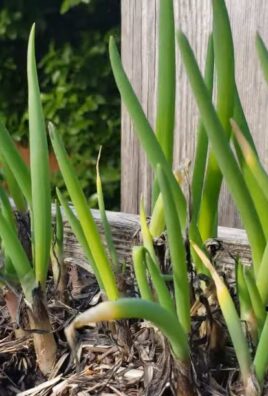
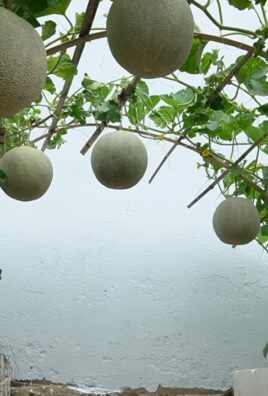
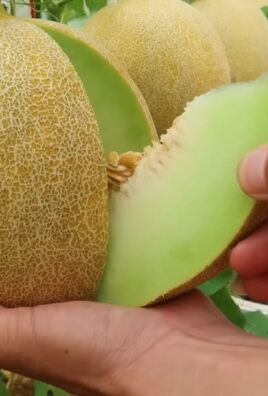
Leave a Comment